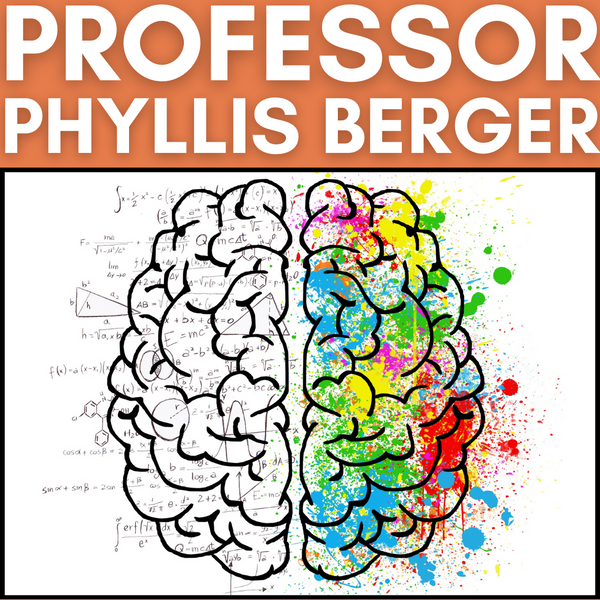Research Field & Experience
The main projects of my research involved electrical currents and neuropathic pain.
Clinically I was able to establish that patients who responded completely to transcutaneous electrical nerve stimulation (TENS) were able to achieve complete elimination of pain. Others achieved between 60-80% relief and approximately 10% had no relief at all. Even patients within the early stage of complex regional pain syndromes (CRPS) could achieve these same responses. I performed a small pilot study on complex regional pain syndromes with electrical physiotherapy and acupuncture and produced an algorithm and positive results of treatment.
I published a paper in the SA Journal of Anaesthesiology and Analgesia (1997) and in an international Journal – Pain Reviews (1999) on this subject. I included a chapter in my book “The journey to pain relief” on TENS and explained its uses and treatment of various conditions (2003, 2007) relating to pain. TENS is an alternating electrical current with nil net polarity at the end of an impulse. It is able to activate the larger fibres in the sensory neuron that effectively creates a ‘gating’ mechanism in the spinal cord to ‘block’ pain.
In 1994 I investigated a low frequency direct current - Action potential simulation therapy and found improvements in pain, inflammation, reduction of contusions, improvement of mobility and change in mood. This was corroborated by studies at universities in Natal, Cape Town, Pretoria and the Free State. I was able to do an independent study supported by the company that developed the device, Tech Pulse Manufacturing (Pty) Ltd on 99 patients with osteoarthritis of the knee to investigate the effectiveness of low frequency currents on mobility and pain: action potential simulation therapy current compared with transcutaneous electrical nerve stimulation and placebo. I published a paper on the above subject (1999) and was invited to become an honorary member of the Pain Research and Relief Unit, Baragwanath Hospital that included mentorship from Professor Shipton. I then authored a manual on the evidence, use and physiological effects of Action Potential Simulation current therapy for the company in 2003. A chapter in the book “The journey to pain relief” was also dedicated to Action Potential Simulation current therapy. I changed the name of this current in this book to a generic, known as “modified direct current” as this type of direct current can be found in many electrical devices and therefore can be used universally, as is the TENS device.
As it is known that the main focus of my work is intractable and chronic pain, I was introduced to a prototype of a non-interventional pulsed radio frequency device and asked to evaluate this device in relation to the treatment of neurogenic and neuropathic pain. After many years of investigation on the uses and, if any, side effects of this device - I was able to confirm that physiotherapists now have a new approach to severe and chronic pain that is effective when other treatments have often failed. The original machine was a nerve-mapping device that assisted anaesthetists in identifying and then blocking peripheral nerves prior to surgery.
Conventional pulsed radio frequency (very high frequency – 500,000 Hz) is an invasive procedure invasive but has often relieved radiculopathies in intractable cases and this current was then ‘piggy backed’ on to the nerve mapping current to produce a useful and non-invasive treatment (133,000 Hz) that not only relieved pain but also activates sluggish nerves as in Bell’s palsy more effectively than other electrical treatments. I did not see any adverse side effects of this treatment. It was obvious that this current (NMS 460) could have profound effects on many types of pain and also regeneration of nerve tissue and this prompted me to write a manual supported by Xavant (the company that manufactured the device) that would help my colleagues in the medical profession to use the NMS460 effectively and thus help many patients. I was able to evaluate and publish a case history (2013) on a paediatric patient with a long thoracic nerve palsy that demonstrated the effectiveness of the NMS 460 on nerve conduction compared to a prior attack of the same condition in this patient. I also co-authored and published a study on post-operative pain and mobility in the elbow that demonstrated that this device could be used in the reduction of medication for inflammation and pain post-operatively and has a positive effect on range of movement with minimal treatment required. The Witwatersrand Ethics Committee approval was received prior to commencing this study (2012).
